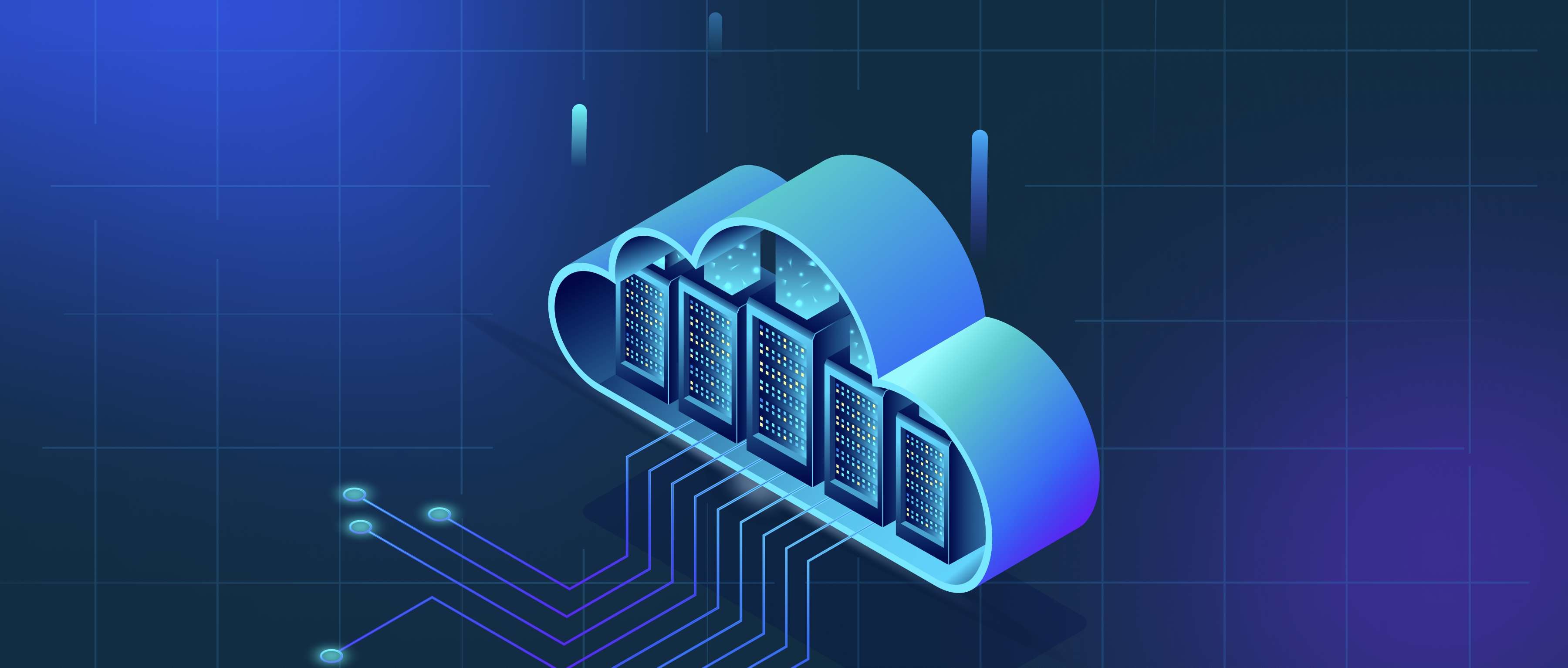A deep feature is a representation of data extracted by a deep learning model, typically from intermediate layers of a neural network. These features capture complex patterns and abstractions, such as shapes, textures, or semantic concepts, depending on the depth of the layer. Deep features differ from traditional features, which are manually designed (e.g., edges or corners). Instead, they are learned automatically during training, allowing them to adapt to the specific task. For instance, in image classification, early layers might capture simple edges, while deeper layers represent high-level concepts like object parts. Applications of deep features include image retrieval, where similar images are identified based on feature similarity, and transfer learning, where pre-trained models provide feature representations for new tasks. This adaptability makes deep features a cornerstone of modern AI applications.
What is a deep feature?

- Exploring Vector Database Use Cases
- The Definitive Guide to Building RAG Apps with LangChain
- Mastering Audio AI
- The Definitive Guide to Building RAG Apps with LlamaIndex
- Accelerated Vector Search
- All learn series →
Recommended AI Learn Series
VectorDB for GenAI Apps
Zilliz Cloud is a managed vector database perfect for building GenAI applications.
Try Zilliz Cloud for FreeKeep Reading
What is time series clustering, and why is it useful?
Time series clustering is a method used to group similar time-dependent data sets based on their patterns or behaviors o
What is data analytics?
Data analytics is the process of examining data sets to draw meaningful insights and conclusions. It involves the use of
How do multi-agent systems balance trade-offs?
Multi-agent systems balance trade-offs by employing structured interactions, defining clear goals for each agent, and ut